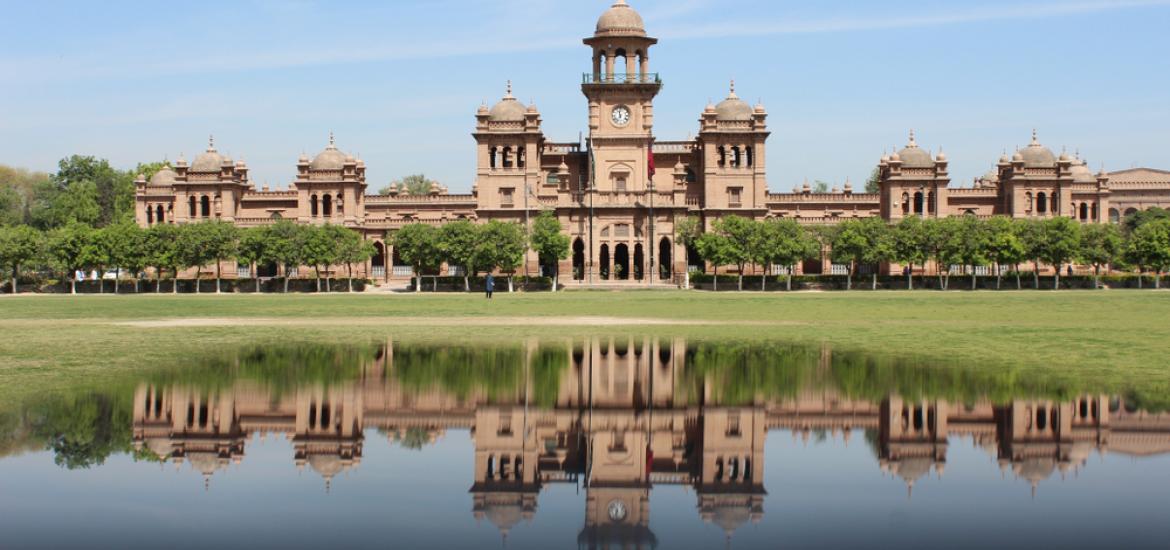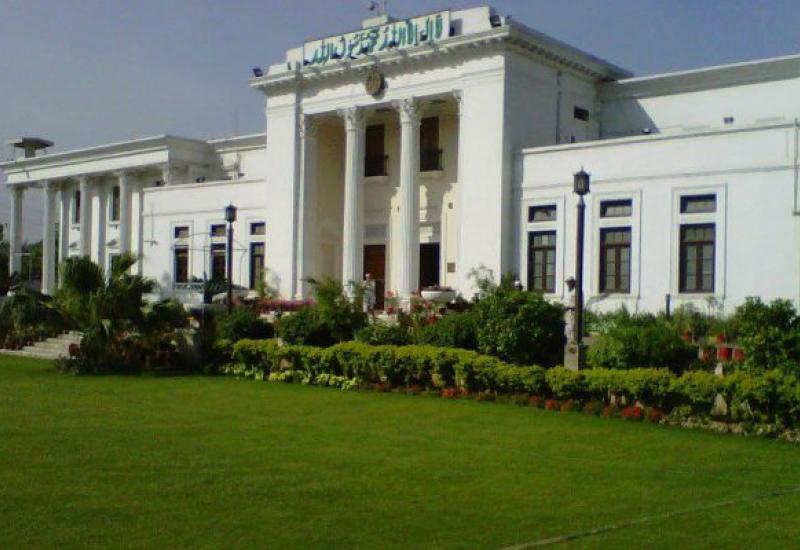Emerging financial crunch and survival of the public sector universities in Pakistan
Institutions of higher education in Pakistan are passing through a very critical juncture in the history of its establishment. The federal government has tightened up over-flowing funds to the public sector universities. Consequently, the educational institutions have been experiencing stiff financial crunch. This wretched kind of situation remained the hottest academic debate during the year, 2008 and it has been becoming a burning issue in the academia once again. However, little efforts have been spearheaded to end the current impasse.
This series of articles examines the prevailing situation in the worst-affected universities in the country. The underlying factors responsible for the financial crisis, implications on the overall health of the universities, the role of the government to overcome the stalemate, disciplinary measures undertaken by the individual universities, recommendations for the universities-how to deal with such an unpleasant scenario in the future, shall be the center of attention of the upcoming blog posts.
This article takes stock of the gravity of the crisis in the universities with focus on Khyber Pakhtunkhwa. The blog post is aimed not only at spotlighting the agonies of the employees but also providing guidelines for the university’s top management how to guard themselves against such eventualities in the future.
Background
Times are bleak for the higher education system in Pakistan, if the national, as well as international media is to be believed. The government has stifled runoff funds to the public sector universities. Resultantly, some universities in the country are on the brink of closure. Some of these are unable to pay salaries to the employees and some did not have enough money to pay pension and utility bills. This state of affairs deteriorated to the extent that some of the universities started thinking in terms of closing some of the academic programs until the situation improves.
Overall, the higher education is in crisis in Pakistan and the universities are in deep trouble these days. The worst-hit are the big and the most established of the universities. The crisis in the universities is not merely one of the public confidence vis-à-vis the functioning and performance of the higher education sector. It is also, and perhaps more fundamentally, an internal crisis of the vision, that is, one which kisses the very foundation of individual institutions, their missions, roles and functions and their place in the entire higher education landscape.
Underlying factors
Various campuses in the country started feeling financial strain soon the democratically elected government of Pakistan Tehrik-e-Insaf took over the reign. Within months of its rule, releases to public sector universities were constrained. As a result, the majority of public-sector universities in the provinces were exposed to stiff financial crunch. The crisis has arisen because of the multiple factors. The most important among them is probably the rapid enrollment growth in the higher education sector which has not been reciprocated by the commensurate increase in the public expenditures. The major factors responsible for the phenomenon are summarized as follows:
- The federal government decision to substantially curtail funding to the universities
- The inability of the universities to diversify own revenue-generation streams
- The unprecedented increase in enrollment in the universities has not been accompanied by increased public spending on the higher education and ,
- The mushroom growth of the universities.
Implications
Resultantly, universities across the length and breadth of the province received some serious shocks. This state of affairs finds no parallel in the history of higher education in the country. There are very few of the universities which are left unaffected. This has engendered a sense of fear, uncertainty and apprehension among the staff, students and faculty. Additionally, the adverse effects of inflation, budgetary increase in salary /pension by 5 to 10%, and increase in the rates of utilities have struck the universities a grievous blow, which may cause some to collapse altogether. While old universities have been battered by the crisis, the very survival of the new universities is at stake. Under such circumstances, the universities have other reasons of serious concerns rather than attaining the goal of excellence in academics and research. The universities are confronting hard times on account of the following:
- The Universities’ inability to pay salaries and pension to the employees
- The Universities’ inability to pay house subsidy and house requisition(wherever applicable) to the employees
- The Universities inability to pay medical and utility bills.
Measures undertaken by the universities
At this stage, the majority of the universities have absolutely no idea, how to deal with the situation. Besides, the financial wizards in academia have no rescue plan at the back of their mind. The issue has been raised through print, electronic and social media. The management of various severely affected universities talked a lot about it. Nonetheless, the issue is yet to grab the attention of the people at the helm of affairs. To overcome this predicament, the universities have made the following make-shift arrangements:
- Some of the universities have borrowed funds from other sources such as financial institutions and banks to pay salaries to the employees
- Some of the universities acquired loans from the project’s funds to pay for the pension and utilities.
- Some of the universities are drawing money out of the Endowment Fund to pay salaries to the employees.
- Some of the universities have ceased grant of house requisition / subsidies and conveyance allowance to the employees.
Conclusion
Universities in Pakistan are confronting serious financial crisis. It is mainly due to the changing priorities of the federal government and the universities’ inability to diversify their sources of revenue generation. In view of the fact that reliance of public sector universities on government financial support is deep-rooted to the extent that under the prevailing circumstances, the universities wouldn’t be able to survive without unwavering government financial assistance, hence it is suggested that if universities want to overcome the existing crisis and stay away from similar eventualities in the future, they would have to tighten the built, explore the possibilities of developing links outside the current university-government equation and have to broaden the sources of their revenue generation.


















